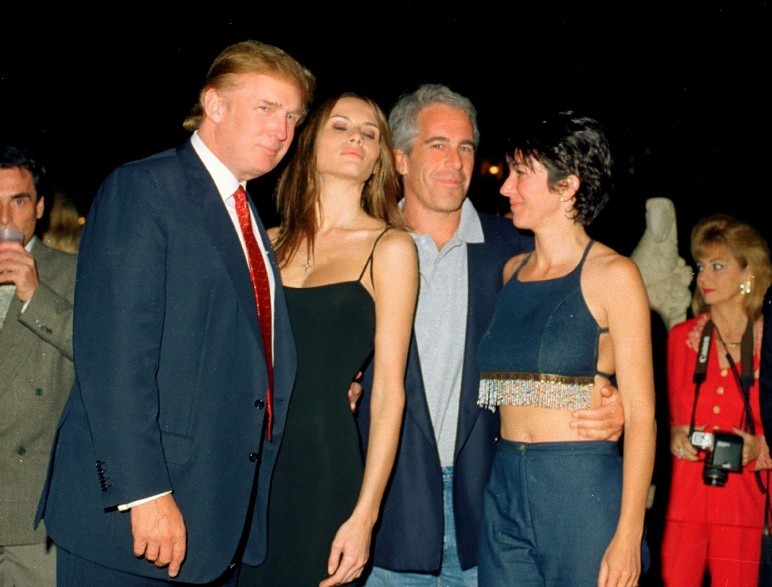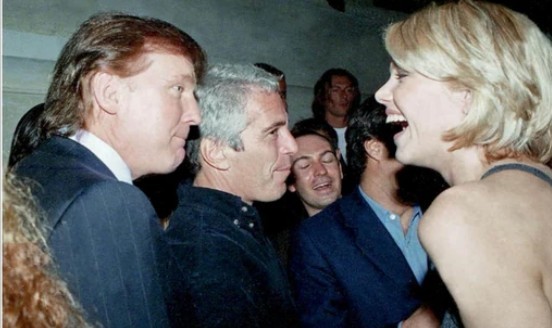The Last Penny: Why the U.S. Stopped Minting Its 1-Cent Coin After 232 Years
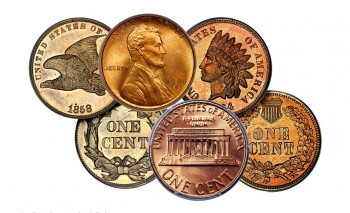 Fact-Check: US Penny Toward Extinction After 230 Years Fact-Check: US Penny Toward Extinction After 230 Years Explore the real story behind the US penny's production halt, Donald Trump's influence, historical context, economic impact, and what the future of cash looks like ... |
Supervised by U.S. Treasurer Brandon Beach, the historic moment marked the end of a coin that had once symbolized thrift and accessibility in American commerce. But in the 21st century, the penny had become a financial burden, an inconvenience in everyday transactions, and a subject of long-standing public debate.
This article explores the full story: why the penny was discontinued, how it evolved over two centuries, the cultural footprint it leaves behind, and what the future holds for cash and coinage in the United States.
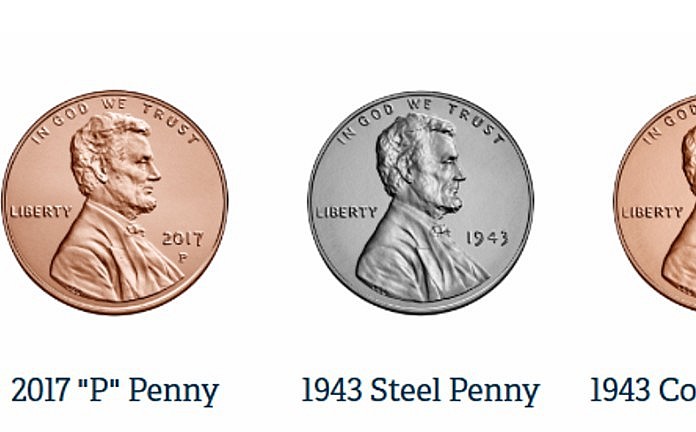 |
| Penny variations over the years ( |
A Coin Born with the Republic
The penny has deep roots in American history, minted just one year after the U.S. Mint was established by the Coinage Act of 1792.
-
1793: The first one-cent coins were struck—large, pure copper pieces that bore classical designs and no likenesses of presidents.
-
1857: The large cent was replaced with the smaller, more modern-sized version, beginning with the Flying Eagle cent.
-
1909: The Lincoln cent was introduced to honor the centennial of Abraham Lincoln’s birth—the first U.S. coin to feature a historical figure.
-
1982: The penny’s composition changed from 95% copper to a primarily zinc core with copper plating due to rising metal costs.
Through wars, recessions, inflation, and changing designs, the penny endured as the longest-running denomination in U.S. coinage history.
Why the Penny Was Discontinued
1. It Costs More to Make Than It's Worth
For years, producing a penny cost significantly more than its face value. By 2024, it cost nearly 4 cents to manufacture a single 1-cent coin. That included not just raw materials (mainly zinc and copper) but also labor, transport, and administrative overhead.
This imbalance had existed for decades, but growing deficits, inflationary pressures, and a shift in consumer behavior forced a decision. Ending penny production is projected to save taxpayers roughly $56 million annually.
2. Its Purchasing Power Is Practically Gone
The penny once had real spending power—enough to buy a loaf of bread in the 19th century. Today, it buys next to nothing.
In modern retail environments, the coin is rarely used meaningfully. Consumers often leave pennies behind in change trays, toss them in jars, or avoid them altogether. Most vending machines, parking meters, and self-checkout kiosks no longer accept them.
3. Digital Transactions Dominate
The rise of debit cards, mobile payments, and contactless checkout has further marginalized small-denomination coins. As fewer people carry or use cash, demand for low-value coins like the penny has fallen dramatically.
Electronic transactions don't require physical change. This makes the penny even less necessary in a society where convenience and speed drive consumer preferences.
4. Global Precedent
Several countries, including Canada, Australia, New Zealand, and the Netherlands, have already eliminated their lowest-denomination coins. These nations adopted rounding systems for cash transactions and faced no significant economic disruption.
In each case, coins with little practical use were phased out gradually, allowing the public to adjust. The U.S. is now following a similar path.
How the Decision Was Made
Although discussions around eliminating the penny had been circulating in Congress for decades, the definitive action came in early 2025.
-
In February 2025, the Treasury Department announced plans to discontinue penny production for circulation.
-
By May, the U.S. Mint received its final shipment of penny blanks.
-
On November 12, 2025, the last circulating 1-cent coins were struck at the Philadelphia Mint.
While the penny remains legal tender, no new ones will be minted for general use. The government clarified that existing coins will stay in circulation until they naturally wear out.
Public Reaction: Nostalgia Meets Pragmatism
The public response has been mixed—part sentimental, part relieved.
A Sense of Loss
For many Americans, especially older generations, the penny is linked to childhood memories, piggy banks, penny candies, and family coin jars. Lincoln’s profile, a staple of pocket change, carries a legacy that feels uniquely American.
Some worry that removing the penny erodes tradition or marks the beginning of a move toward a fully cashless economy.
A Sense of Relief
Others welcomed the decision as long overdue. Many see the penny as obsolete, a waste of time at the checkout counter, and a source of clutter.
Retail workers, bank employees, and business owners expressed support for phasing out a coin that costs more to count, store, and transport than it's worth.
On social media, users joked about finally cashing in their mason jars full of pennies. Memes ranged from "rest in copper peace" to “time to retire my retirement fund—two pounds of useless zinc.”
What Happens Next?
Existing Pennies Stay Legal
The end of new penny production does not mean the coin is invalid. Existing 1-cent coins remain legal tender and can still be used in cash transactions. Banks will continue to distribute them as long as inventory remains.
Cash Transactions May Be Rounded
Retailers will likely begin rounding cash transactions to the nearest 5 cents. Rounding policies are already common in other countries that have eliminated similar coins.
Digital payments will remain exact, so consumers using cards or apps won’t see any change.
No Change for Digital Commerce
Online retailers, payment apps, and digital marketplaces already operate in a penny-free way. Prices can still end in ".99" or ".01" for psychological pricing, but no physical change will be issued in cash.
Collector Editions Still Possible
The U.S. Mint may continue producing limited-edition pennies for collectors in proof sets or commemorative releases. These special coins typically have premium finishes and are not intended for general circulation.
The Penny's Cultural and Economic Legacy
The penny has long symbolized thrift, value, and national pride. It’s associated with the phrase “a penny saved is a penny earned,” Lincoln’s enduring legacy, and small acts of generosity—like leaving change for the next customer.
But over time, economic realities eclipsed tradition. As inflation chipped away at its purchasing power, and modern technology reshaped how Americans pay, the penny lost its practical footing.
Still, its 232-year run makes it one of the most durable cultural icons in American life. While no longer minted for everyday use, it will remain part of the collective memory—and many coin collections—for decades to come.
Frequently Asked Questions
Will pennies still be accepted in stores?
Yes. Pennies will remain legal tender for the foreseeable future. You can still use them to pay for goods and services.
Are businesses required to accept pennies?
Legally, businesses can set their own policies on accepted payment forms. However, most retailers will continue accepting pennies while they remain in circulation.
What happens if I pay with cash and the total ends in .01 or .02?
In time, retailers may adopt rounding rules for cash payments. Typically, totals are rounded to the nearest 5 cents. This would not affect card or mobile payments, which remain exact.
Can I still deposit or exchange pennies at banks?
Yes. Banks will continue accepting and processing pennies. You can deposit them, exchange them for other denominations, or roll them for deposit.
Will the Mint still make collector pennies?
Possibly. The U.S. Mint has a long tradition of producing collector sets. It may continue offering pennies as part of special releases.
Final Thoughts
Ending penny production is a pragmatic decision shaped by cost, efficiency, and consumer behavior. While it may feel like the end of a small but meaningful tradition, it also signals progress in how money functions in modern life.
The penny served the nation for over two centuries—through wars, depression, innovation, and everyday commerce. It’s had a good run. As the final coins cool from the presses in Philadelphia, they mark not just the end of production, but the closing of a chapter in American economic history.
Now, it’s up to the nation to decide what value we place—not just on coins—but on the future of money itself.
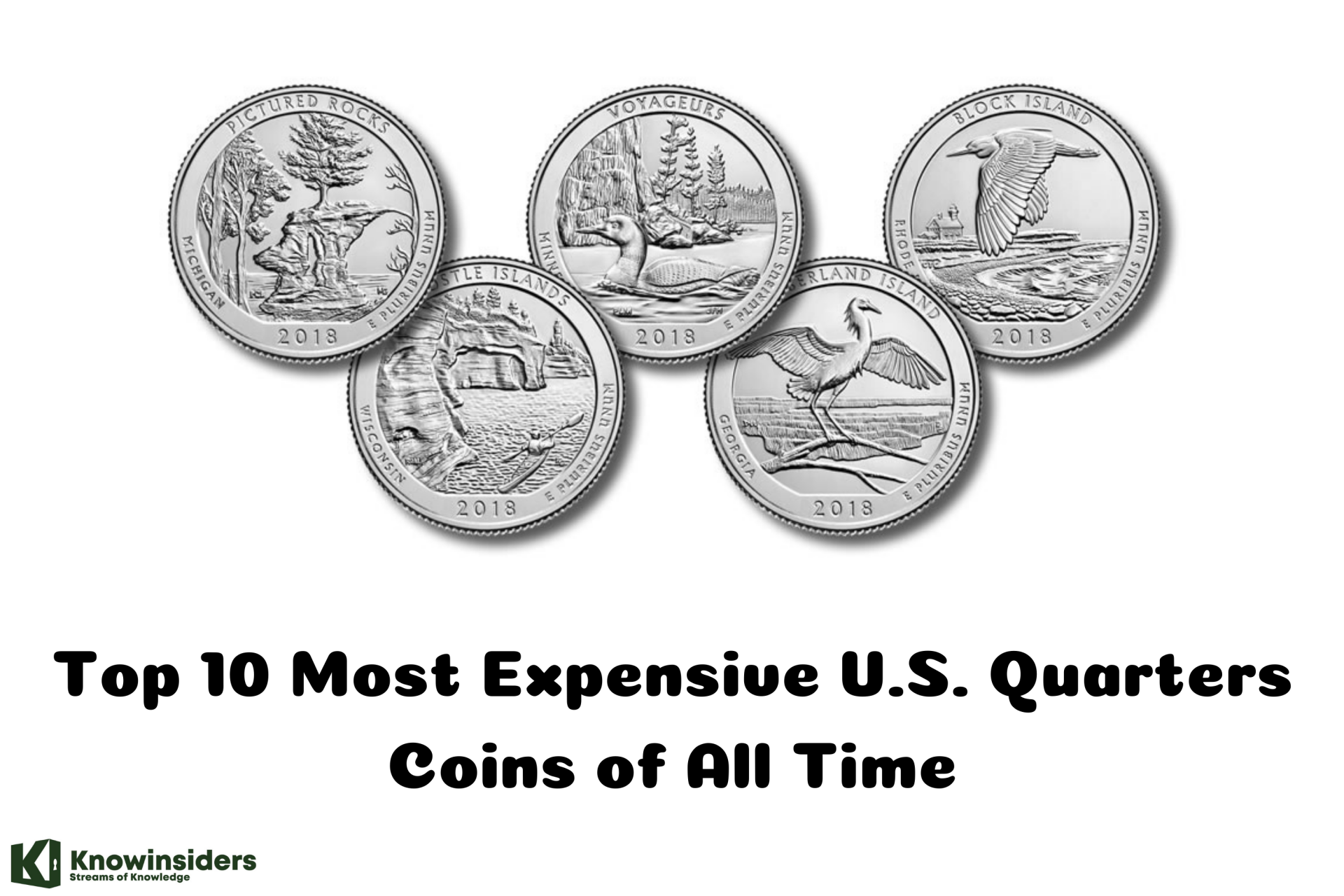 Top 10 Most Expensive U.S. Quarters Coins of All Time Top 10 Most Expensive U.S. Quarters Coins of All Time In this article, we have compiled a list of the most valuable US quarters ever known. These quarters are worth more money than most people ... |
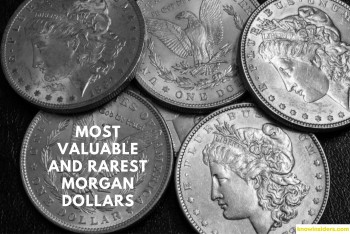 Top 14 Most Valuable and Rarest Morgan Dollars Top 14 Most Valuable and Rarest Morgan Dollars Do you love collecting coins? If you are a coin collector, you should not miss Morgan dollars in your collection. Check out Top 14 Most ... |
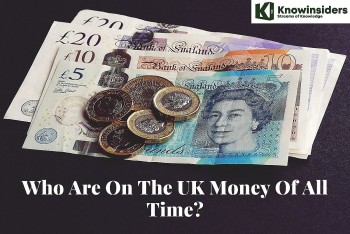 Who Are On The UK Money - Banknotes and Coins Who Are On The UK Money - Banknotes and Coins Do you want to know the names and stories behind the faces on UK’s banknotes and coins? |
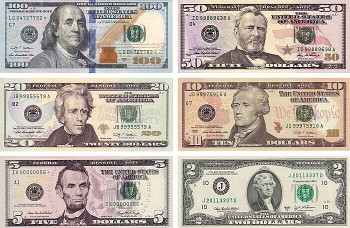 Who Are On American Money - Banknotes and Coins Who Are On American Money - Banknotes and Coins Who are the all-time American banknote holders? The majority of the faces on US coins and banknotes are those of well-known figures. Identify a few ... |

